




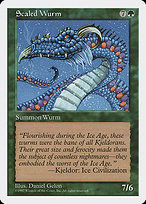
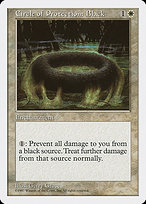




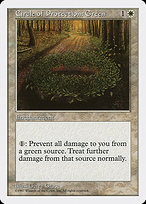










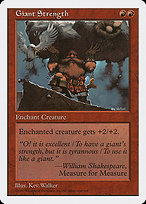







































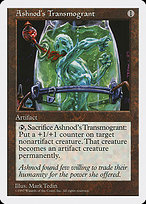












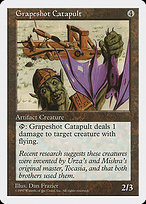

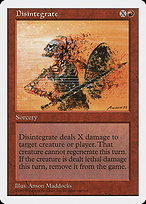
































Fifth Edition is a core set with 165 commons, 132 uncommons, 132 rares, and four variations of each standard basic land. There are English printings from both the USA and Belgium.
Fifth Edition was sold in 15 card booster packs and 60 card starter decks. Booster boxes had 36 packs and deck boxes had 10 decks.
US Fifth Edition uses sequential collation with 10 × 11 sheets (although the exact configuration of the uncommon and rare sheets is unknown). Packs have back-facing cards with common-uncommon-rare ordering. Basic lands do not appear in booster packs.
| 11 Commons | 3 Uncommons | 1 Rare |
Starter decks have 60 cards including 3 rares, 9 uncommons, 26 commons, 22 basic lands, and a rulebook. The rulebook is front-facing at the front of the pack but the cards are back-facing. The ordering is rare-land-uncommon-land-common with lands split into 12 and 10. Decks have an outer seal but no inner seal.
| 3 Rares | 12 Lands | 9 Uncommons | 10 Lands | 26 Commons | Rulebook |
Commons are divided into three runs each with 55 distinct cards called A, B, and C. Booster packs contain 4 of one group, then 3 or 4 of the next group, then 4 or 3 of the last group. The groups can be ordered A-B-C, B-C-A, or C-A-B. In observed cases, 4-4-3 occurs 2/3 of the time, but there is not enough evidence to be very confident of this result. Starter decks begin with 8 or 9 A commons and can be followed by either B-C-B-C or C-B-C-B. Observed counts are 8-5-4-4-5, 9-3-4-5-5, and 9-4-4-5-4. (Grouping B and C, these are 8-9-9, 9-8-9, and 9-9-8.) The B and C runs that aren't contiguous in the packs are also not contiguous in terms of collation.
Each run contains 55 cards each two times (filling up a sheet). I haven't been able to completely reconstruct the A run. The B run has been reconstructed from pack openings. The choice of first card is mostly arbitrary.
 |  |  |  |  |  |  |  |  |  |
 |  |  |  |  |  |  |  |  |  |
 |  |  |  |  |  |  |  |  |  |
 |  |  |  |  |  |  |  |  |  |
 |  |  |  |  |  |  |  |  |  |
 |  |  |  |  |  |  |  |  |  |
 |  |  |  |  |  |  |  |  |  |
 |  |  |  |  |  |  |  |  |  |
 |  |  |  |  |  |  |  |  |  |
 |  |  |  |  |  |  |  |  |  |
 |  |  |  |  |  |  |  |  |  |
The C run has been reconstructed from pack openings. The choice of first card is mostly arbitrary.
 |  |  | 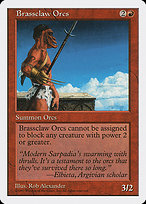 |  |  | 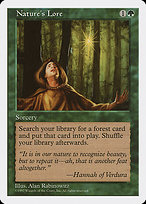 | 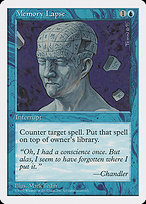 |  |  |
 |  |  |  |  |  |  | 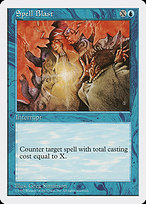 |  |  |
 |  |  |  |  |  |  |  |  |  |
 |  |  |  |  |  |  |  | 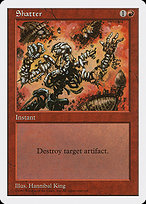 |  |
 |  |  |  |  |  |  |  |  |  |
 |  |  |  |  |  |  |  |  |  |
 | 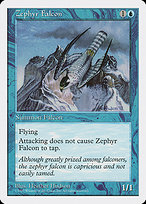 |  | 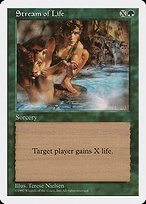 |  |  |  |  |  |  |
 |  |  |  |  |  |  |  |  |  |
 |  |  |  |  | 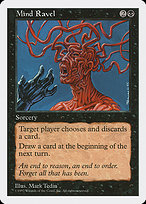 |  |  |  |  |
 |  |  |  |  |  |  |  |  |  |
 |  |  |  |  |  |  |  |  |  |
Belgian Fifth Edition uses striped collation with 10 × 11 sheets for the commons and probably 12 × 11 sheets for the uncommons and rares. Packs have back-facing cards with uncommon-rare-common ordering. Basic lands do not appear in booster packs.
| 3 Uncommons | 1 Rare | 11 Commons |
Starter decks have 60 cards including 3 rares, 9 uncommons, 26 commons, 22 basic lands, and a rulebook. Cards are front-facing with land-rare-uncommon-common ordering. The rulebook is backwards between the uncommons and commons. Decks have an inner and outer seal.
| 22 Lands | 3 Rares | 9 Uncommons | Rulebook | 26 Commons |
Commons are divided into two sheets called A and B. Sheet A has 55 distinct cards each appearing twice and sheet B has 110 cards each appearing once. Booster packs contain 3-4 cards from A followed by 7-8 cards from B. Mathematically, 2/3 of packs should have a 4-7 split and 1/3 should have 3-8. For starter decks, the situation is similar. Only 9-17 packs have been observed, but 8-18 packs should also exist. Mathematically, 2/3 of packs should have a 9-17 split and 1/3 should have an 8-18 split.
I haven't gathered enough data to reconstruct either common sheet (although I'm close to completing the B sheet), but in most cases, the sheet that a card is on can be easily determined (if the card has been observed).